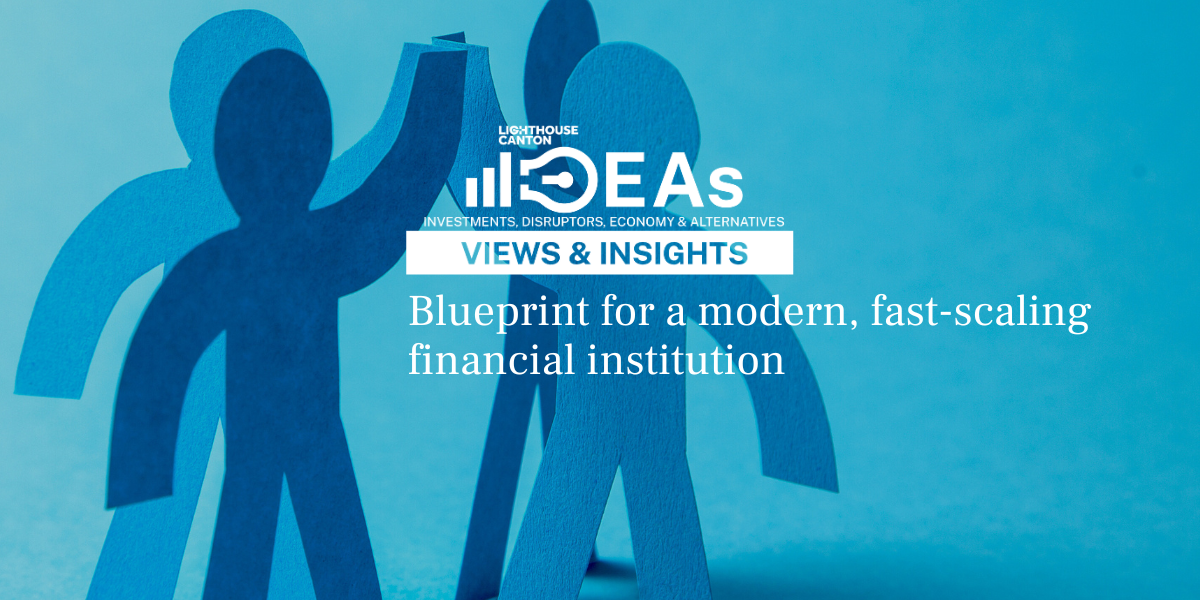Introduction – A Policy Shift With Trillion‑Dollar Implications
This morning, the Trump administration signalled its intent to allow U.S. 401(k) plans broader access to private‑market strategies. While defined‑contribution plans have long been constrained to mutual funds and public‑market vehicles, the proposed executive order would instruct the Department of Labor and other regulators to provide clear “safe‑harbour” guidance for plan sponsors to incorporate private equity, private credit, and infrastructure funds. With the 401(k) market approaching $12 trillion in assets, even a modest 5 % allocation could redirect more than $600 billion into alternative strategies over time.
The administration’s proposal does more than unlock a new distribution channel; it cements private markets as a core allocation within America’s retirement architecture. For Blackstone, KKR, and Apollo, this represents the most significant retail‑market opening since interval funds gained traction a decade ago. Over the next cycle, fee‑earning AUM is likely to accelerate, margins should expand with scale, and performance fees will benefit from a deeper, stickier capital base.
In short, the policy shift is a durable catalyst that aligns regulatory momentum with the secular trend of private‑market penetration. For investors seeking compounders in asset management, the large alt‑asset platforms stand out as prime beneficiaries.
Why This Matters – A New Growth Engine for Blackstone, KKR, and Apollo
Large alternative‑asset managers have spent the past decade diversifying away from pure carry‑dependent earnings toward stable, management‑fee income. Blackstone’s BX Trust, KKR’s Prisma platform, and Apollo’s Athene/Alternatives sleeves already offer semi‑liquid vehicles tailored to the high‑net‑worth channel. Broadening 401(k) eligibility would give these firms direct access to tens of millions of retail savers—a client base that has, until now, been effectively off‑limits.
- Fee Model Advantage: These managers charge a headline management fee (typically 75–125 bp) on committed or invested capital, alongside performance fees. Incremental fee‑earning AUM from 401(k) flows translates into high‑margin, recurring revenue.
- Structural Diversification: Because private‑market returns are generally low‑beta to public equities, plan sponsors are actively seeking ways to lower volatility without sacrificing return targets. Regulatory clarity removes a key fiduciary obstacle.
- Scale Benefits: The “big three” already control global distribution pipelines, in‑house administration, and brand recognition—formidable barriers for smaller competitors.
Headline Numbers – What a 5 % DC Allocation Could Mean

**Assumes 80 % fee margin after compensation & overhead.
Even a conservative adoption curve would provide a multi‑year tailwind to fee‑related earnings and boost carried‑interest potential once funds season.
Conclusion – A Structural Catalyst, Not a One‑Time Pop
The administration’s proposal does more than unlock a new distribution channel; it cements private markets as a core allocation within America’s retirement architecture. For Blackstone, KKR, and Apollo, this represents the most significant retail‑market opening since interval funds gained traction a decade ago. Over the next cycle, fee‑earning AUM is likely to accelerate, margins should expand with scale, and performance fees will benefit from a deeper, stickier capital base.
In short, the policy shift is a durable catalyst that aligns regulatory momentum with the secular trend of private‑market penetration. For investors seeking compounders in asset management, the large alt‑asset platforms stand out as prime beneficiaries.













%20(2).png)

.png)
%20(9).webp)
.webp)